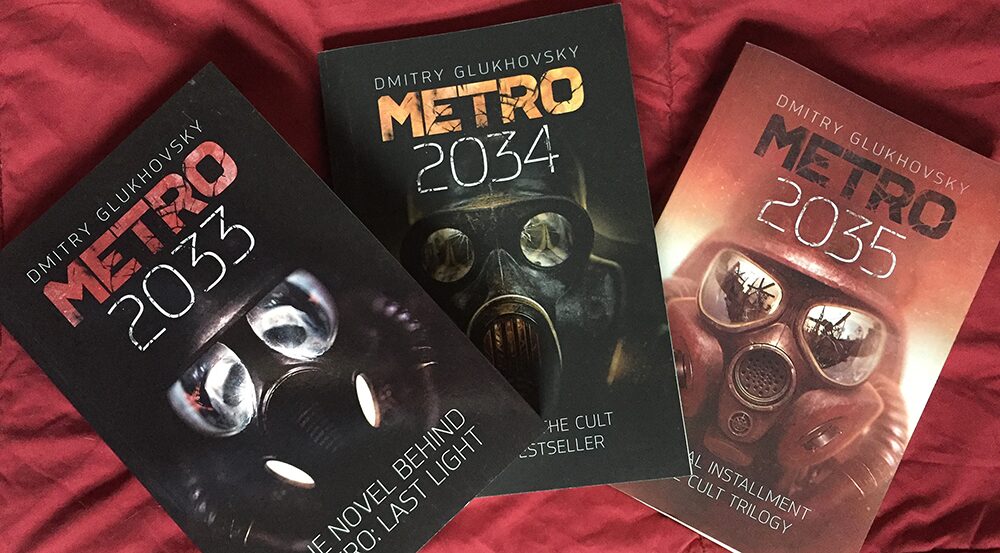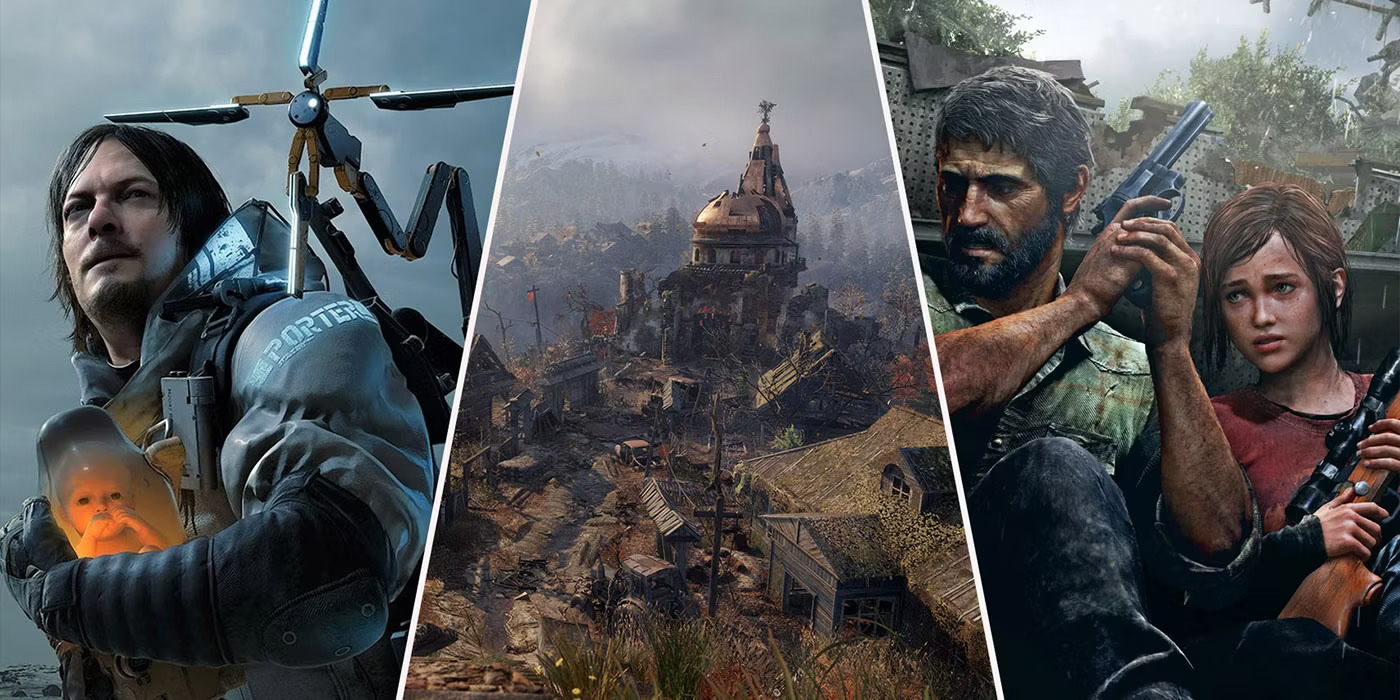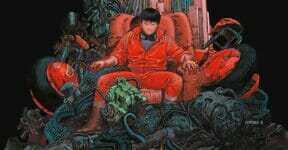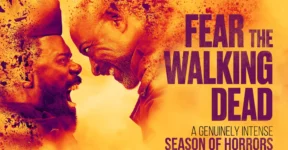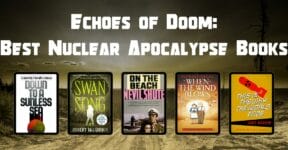The end of the world fiction – even nuclear apocalypse stories – can indeed draw a hopeful picture of humanity and civilization, but many of them are bleak. Some readers may still find the hopelessness side of such stories charming to an extent, most likely thanks to the idea of a much simpler circumstance; the characters wake up in the morning, water the crops, scavenge for supplies, stay away from threats, go home, eat, drink, and go back to sleep. They live in a makeshift bunker, and never have to worry about the bills, the next presidential election, mortgages, work-life balance, and so on. But there’s no rule to govern that post-apocalyptic fictions must be filled with desperation and grimness. They can be exciting, mysterious, thrilling, funny, romantic, and even outright ridiculous, as exemplified by the following books.

Metro 2033 by Dmitry Glukhovsky
Moscow has been transformed into a hellhole following a nuclear war. Artyom takes on a perilous quest from the VDNKh station to the heart of the city for one purpose: he needs to inform the authorities about a threat known as the Dark Ones. While the story itself is not exactly told in a desperate tone, Artyom’s journey is full of encounters with hostile survivors and mutated creatures. The events are set in the aftermath of a nuclear apocalypse, and yet it delivers a bounty of social commentaries, supernatural elements, and a lot of philosophical questions about morality and humanity at large. Metro 2033 remains mostly about survival, but it offers a generous dose of horror and fantasy into the mix as well.

Beneath the Ashes by Misty Vixen
Ethan is content with his life in a small settlement called the Refuge until everything is destroyed. The only feasible option is to flee, leaving behind all that he knows and loves. He later bumps into a dangerous new environment, where he is forced to scavenge for food just to survive. Until this point, Beneath the Ashes is nothing peculiar. But then Ethan finds himself in a distressful situation, and things take a drastic turn. The story of survival and fighting against a variety of monsters is interrupted by sexy sequences. In short, this is post-apocalyptic harem fiction, where the action and sex are its biggest selling points.
The Postman by David Brin

Gordon Krantz is a wanderer in post-nuclear apocalyptic Oregon. One day, he comes across an old postal uniform and takes the liberty to become a postman himself. Gordon has no intention of playing the role as a postman initially, but the people in the town of Pine View display an intense reaction to the uniform, forcing him to tell a lie and actually make it a reality. People in the story have become desperate after living for more than a decade in chaos. They want to believe that there is hope for improvement, and that’s where our fake postman comes in. The novel brings an invigorating mixture of survival stories, the needs for human connections, resilience, and hope into an otherwise utter hopelessness. It turns out that the simple act of delivering mail has the power to boost people’s morale, giving them a real purpose of rebuilding a destroyed civilization.
The Slynx by Tatyana Tolstaya

Benedikt lives in a post-nuclear apocalypse society where reading skill is a rarity. No one knows anything about the past, and many of them develop physical abnormalities. Some have claws rather than toes, while others grow tails. Mice are staple, harvested for food and clothing. They also believe in a creature known as “Slynx,” depicted as a beast that hunts humans. Knowledge about the pre-war era is prohibited and suppressed at best. It doesn’t take long until Benedikt comes across some forbidden books, containing information and stories that make him question the regime controlling his world today. With surreal imagery, dark humor, and deep look into human nature, the novel is a unique take on a post-apocalyptic fiction with an intense delivery of dreariness and absurdity in one package.
The Gone-Away World by Nick Harkaway

Characters in The Gone-Away World are capable of the impossible, but they’re not superheroes by any stretch. The book tells the story of an unnamed main character and his friend Gonzo on their journey to fight the apparitions of monsters created by evil corporations. It all started after “The Go-Away War” where sophisticated bombs reduced the world population to about 2 billion. The bombs didn’t kill people in the usual explosive way. Instead, anybody within the impact radius simply ceased to exist. However, every person “erased” by the bomb created a byproduct called the “stuff,” which floated around in many locations. Now, each time this stuff contacts a living person, it turns into an apparition as horrendous as the person wants it to be.
We think nobody actually reads post-apocalyptic novels to get carried away with images of how the world will end. People enjoy apocalypse fiction because it gives them ideas about how to survive the worst case scenario. Most books depict acts of heroism, bravery, sacrifices, and perseverance with all the seriousness in the world, but sometimes it’s refreshing to introduce excitement, romance, humor, and absurdity to the story.
Which post-apocalyptic storytelling approach do you like better, realistic or playful? Do you think a comedic post-apocalyptic fiction can be realistic at the same time? We’d love to hear from you.
Other Things You Might Want to Know
If you don’t limit yourself to nuclear-apocalypse, here are some notable mentions to consider:
- Good Omens by Terry Pratchett and Neil Gaiman
- Liberation by Brian Slattery
- Snow Crash by Neil Stephenson
- A Boy And His Dog by Harlan Ellison
- Calizona by Ralph Rotten
What if I want some realistic nuclear apocalypse books instead?
Completely realistic nuclear apocalypse novels can be quite disturbing, and here are some of the most popular ones:
- One Second After by William R. Forstchen
- The Road by Cormac McCarthy (the book says nothing about nuclear, though)
- Alas, Babylon by Pat Frank
- On the Beach by Nevil Shute
- Warday by Whitley Strieber and James Kunetka
What is Prepper Fiction?
Unlike in a typical post-apocalyptic fiction where the main characters are almost always surprised by the cataclysmic event (whatever it might be), the characters in prepper fiction are all prepared to deal with the difficulties in the disaster’s aftermath. They’ve built bunkers, gathered food supplies, collected weapons, stored some seeds, and are basically ready to build a sustainable lifestyle following the apocalypse.
Check out other articles by month:

